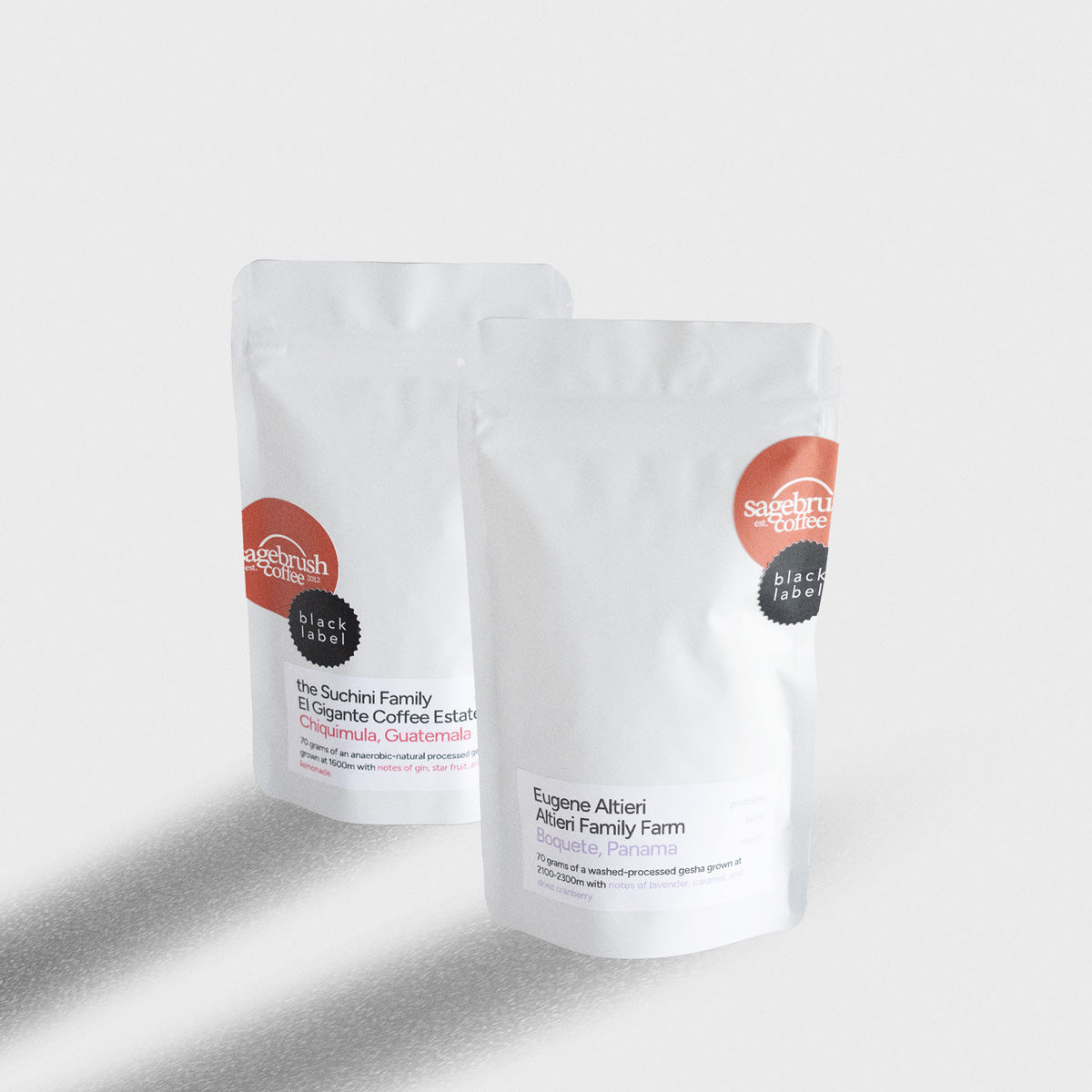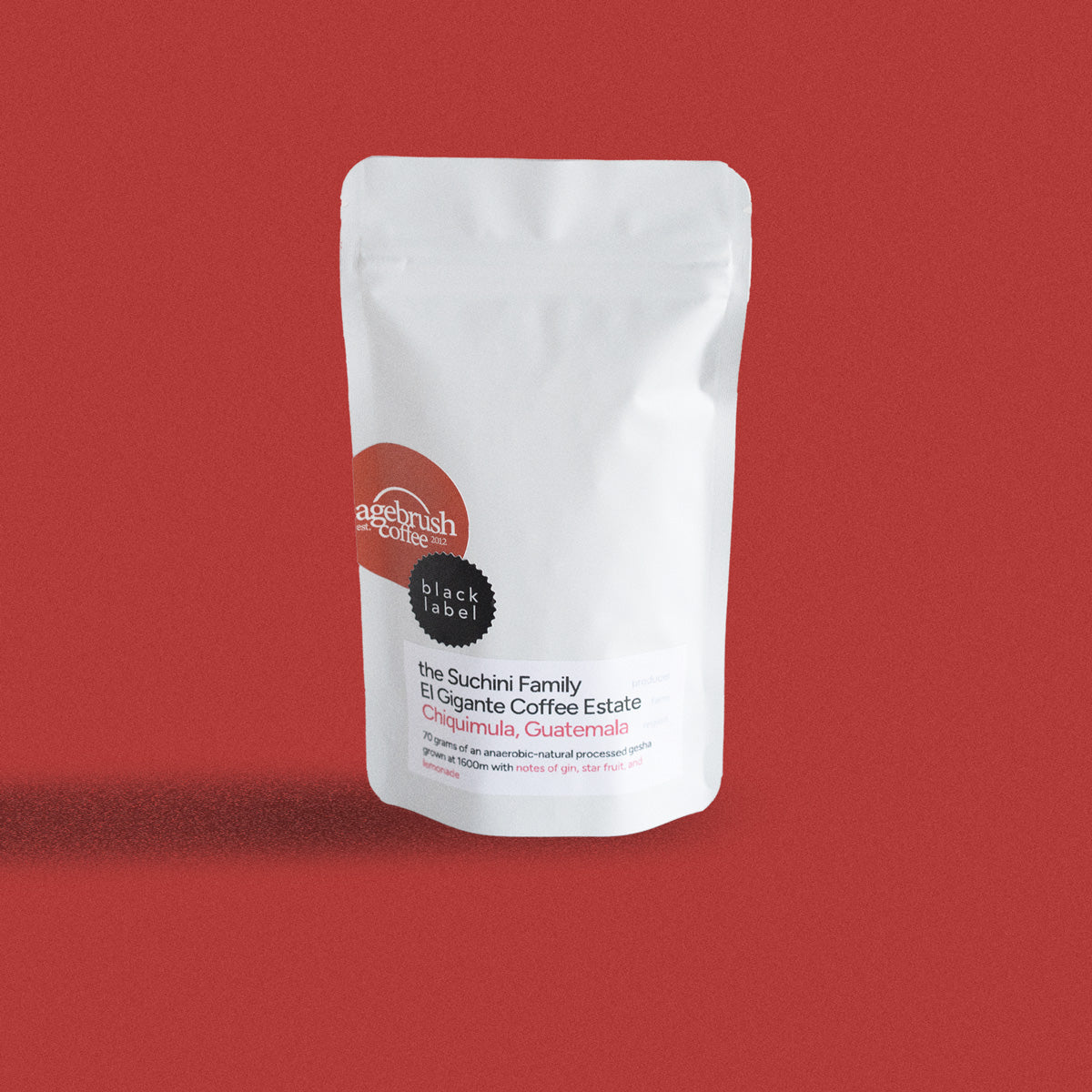Coffee Cupping, Is There Really Something To It Or Are Those Coffee Nerds Lying Through Their Teeth?
I'm going to start by saying, these couple of paragraphs are not going to give you nearly enough information about coffee cupping. I'm basically going to tell you some of what I use to make my images and descriptions. I'm hoping to get enough time soon to build out guides on the site about cupping and brewing and several other pieces of coffee info. For now though, I hope to peak your interest and help you a little as you pick a coffee to drink.
The true coffee cupping process consists of 9 different components. They are Aroma, Flavor, Aftertaste, Acidity, Body, Balance, Sweetness, Uniformity, and Cleanliness. They are usually defined in a 3 or 4 step process for 'cupping' coffee. Aroma obviously starts with the unground beans and moves through the wet grounds. However, I usually just comment on the ground dry beans. Those are where I find the most distinct fragrances. Depending on the bean, I may comment about some of the or perhaps the fruit aroma. From there I usually move straight to the mouthfeel.
So mouthfeel is a funny thing to comment on. Do people pay attention to that? Yes, they just don't realize it. If people didn't pay attention, no one would put cream in their coffee. I cannot stand Guacamole, because of mouthfeel, same with peas or sweet potatoes (see a mushy trend?). I love Ethiopian coffees, because of mouthfeel. I was drinking a African coffee this morning and it seemed like I was drinking apple juice in terms of mouthfeel. However, some of the creamier coffees when drunk black feels like you've already put cream in it. Typically if you see lemons in my photos, it is not because it tastes like lemons. It is because it feels like you're drinking lemonade. Pay attention to it when you drink this morning's cup of coffee...it'll surprise you what you notice.
If you focus just on the mouthfeel, you'll notice it. However, at this stage, we also look at flavor, acidity, balance, and sweetness. Our old Costa Rican Terra Bella was a perfectly sweet and well-balanced cup of coffee. The new Guatemalan San Serapio gets pretty close. The Panama coffee we offer is sweet with a hint of hazelnuts at this stage. Flavors that will stand out in this stage of cupping will maybe be the berries of a nice African bean, the earthiness of a perfect Sumatran coffee or a nice hint of pecans in a clean Latin American cup of coffee. Look first for general flavors, is it fruity or nutty? Is it earthy or clean? From there take a sip and think are those salty peanuts or crisp pecans? You'll surprise yourself with what you actually notice.
This leads us to the finish. No coffee explains what I mean by finish like the Brazilian Santa Ines. That coffee finishes as if you've just eaten a piece of rich chocolate. You know that taste in your mouth that you have after you eat a piece of chocolate? That taste that seems to scream, "put another piece in my mouth." That is the Brazilian coffee. Coffees have an extensive range of finishes, and they scream something different each time.
So how do I write my descriptions and how can you taste what I taste? I typically take a small piece of the pie described above. One that I think is most distinct and unique about the coffee and talk about that. So, looking at a couple of our current offerings.
- The Guatemalan is a sweet, nutty cup of coffee. It has that chocolatey finish, but to me, the nuttiness is by far the most prominent part of the entire cupping experience.
- The Colombian has the nuttiness of a typical Latin American coffee, but nothing in it stands out more than that creamy mouthfeel. It is one of the most unique coffees I've ever cupped because it seems so creamy to me. I have to make that a prominent part of the description.
On either of those coffees, I may notice different fragrances in the dry grounds aroma, and I may have a note in the acidity or the finish. But I just want to comment on what I think makes that coffee stand apart from others. Maybe as time goes by I'll put more notes in the tasting profile that helps explain all nine steps of the cupping that brought a bean to market, but for now, I like the simplicity of our images and descriptions.

















